High Or Low Game
The High or Low Game is an exciting and engaging guessing game that has been enjoyed by people of all ages for centuries. It is an excellent way to test your intuition and decision-making skills while having fun. In this article, we will explore the basic concept of the High or Low Game, its rules, objectives, various variations, strategies for playing, tips for increasing your chances of winning, etiquette and fair play, common mistakes to avoid, and some popular online versions of the game.
Understanding the Basic Concept of the High or Low Game
The High or Low Game is a straightforward guessing game that involves predicting whether the next number or factor is higher or lower than the previous one. It can be played with various elements such as numbers, cards, or even external factors like country sizes, football scores, or video game ratings. The main objective is to make accurate predictions and accumulate points or achieve a particular goal within the game’s framework.
Learning the Rules and Objectives
The rules of the High or Low Game may vary depending on the specific version being played, but the underlying principle remains the same. The game typically starts with a starting number or factor, and players need to guess whether the next number or factor will be higher or lower. Correct predictions earn points or progress in the game, while incorrect guesses result in a loss. The objectives can differ, such as reaching a predetermined score, completing a certain number of rounds, or outperforming other players.
Exploring Variations of the Game
The High or Low Game has evolved over time, leading to various exciting variations. Some popular versions of the game include:
1. The Higher Lower Game Anime: This version involves guessing whether the popularity or ranking of a specific anime series is higher or lower compared to another.
2. More or Less Game: In this variation, players predict whether the next number will be more or less than the previous one, without any constraints on specific factors.
3. GeoGuessr: Instead of numbers, players must predict the correct location of a specific place or landmark based on photographic clues.
4. Higher or Lower Country Size: This version challenges players to guess whether the land area of a particular country is higher or lower than the previous one.
5. Higher or Lower Football: Football enthusiasts can enjoy this variation by predicting whether the number of goals scored in a specific match is higher or lower compared to previous ones.
6. Higher or Lower Video Games: Gamers can test their knowledge of popular video games by guessing whether the ratings, sales figures, or other relevant factors are higher or lower for different games.
Strategies for Playing the High or Low Game
While the High or Low Game largely relies on luck and intuition, there are some strategies that can enhance your gameplay experience. Here are a few tips to consider:
1. Analyze patterns: Observe the trends and patterns in previous numbers or factors to identify any recurring sequences or behaviors.
2. Consider probabilities: Rather than solely relying on intuition, take into account the probabilities and statistics associated with certain choices.
3. Do your research: In versions that involve external factors, such as country sizes or video game ratings, a little research beforehand can provide an advantage in making more accurate predictions.
Tips for Increasing Your Chances of Winning
To increase your chances of winning in the High or Low Game, keep the following tips in mind:
1. Stay focused: Pay close attention to each round and avoid distractions to minimize the chances of making an incorrect guess.
2. Practice patience: Refrain from rushing your decisions. Take a moment to analyze the factors and make an educated guess.
3. Take breaks: If you experience a series of incorrect guesses, consider taking a short break to refresh your mind before continuing.
Etiquette and Fair Play in the High or Low Game
To ensure a pleasant and fair gameplay experience, it’s essential to follow proper etiquette while playing the High or Low Game. Here are some guidelines:
1. Respect other players: Treat fellow players with respect and avoid any disrespectful comments or behavior.
2. Follow the rules: Abide by the game’s specific rules and guidelines to maintain fairness and consistency.
3. Accept outcomes gracefully: Understand that luck plays a significant role in the game, and accept wins or losses graciously.
Common Mistakes to Avoid While Playing
To avoid unnecessary setbacks or frustrations, be mindful of the following common mistakes players make in the High or Low Game:
1. Overconfidence: Avoid becoming overconfident in your predictions as it can lead to careless mistakes.
2. Neglecting trends: Ignoring patterns or trends in previous numbers or factors can hinder your ability to make accurate predictions.
3. Emotional decisions: Making decisions based solely on emotions rather than logical reasoning can result in incorrect guesses.
FAQs (Frequently Asked Questions)
Q1. What is the objective of the High or Low Game?
A1. The objective of the High or Low Game is to predict whether the next number or factor is higher or lower than the previous one, earning points or progressing within the game.
Q2. Can I play the High or Low Game online?
A2. Yes, there are several online versions of the High or Low Game available, such as the Higher Lower Game Anime, More or Less Game, and GeoGuessr.
Q3. What are some strategies for winning the High or Low Game?
A3. Strategies for winning include analyzing patterns, considering probabilities, and conducting research on relevant factors in certain versions of the game.
Q4. How can I improve my chances of winning in the High or Low Game?
A4. Improving your chances of winning can be achieved by staying focused, practicing patience, and taking breaks if needed.
Q5. Are there any common mistakes to avoid while playing the High or Low Game?
A5. Yes, common mistakes to avoid include overconfidence, neglecting trends, and making emotional decisions.
In conclusion, the High or Low Game offers an entertaining and challenging experience for players of all ages. By understanding the basic concept, learning the rules and objectives, exploring variations, utilizing strategies, following tips, maintaining etiquette, and avoiding common mistakes, you can enhance your gameplay and increase your chances of winning. So gather your friends or challenge yourself to a game of High or Low and enjoy the excitement that this timeless classic brings.
High Or Low Sounds
What Is The Higher Or Lower Card Game?
The Higher or Lower card game is a simple yet addictive game that tests your ability to predict whether the next card will be higher or lower than the previous one. It’s a game that requires both luck and strategy, making it appealing for players of all ages and skill levels.
How to Play:
To play the Higher or Lower card game, you’ll need a standard deck of 52 cards, excluding the jokers. The game can be played with as few as two players or as many as you desire. Here’s a step-by-step guide on how to play:
1. Shuffle the Deck: Ensure that the deck is well-shuffled before starting the game, so no player has an advantage.
2. Deal the Cards: The dealer begins by dealing a single card face up in the middle of the playing area. This card is known as the starter card.
3. Guess Higher or Lower: The player to the left of the dealer must now predict whether the next card drawn from the deck will be higher or lower in value than the starter card. The player may also opt to guess “equal” if they believe the next card will have the same value.
4. Reveal the Next Card: Once the player has made their prediction, the dealer draws the next card from the top of the deck and reveals it to all players.
5. Determine the Outcome: If the player’s prediction was correct, they continue playing and the game moves to the next player in a clockwise direction. However, if the prediction was incorrect, the player is out of the game, and the round continues without them.
6. Continue Playing: Repeat steps 3-5 with each player taking turns until only one player remains or until the entire deck has been played.
Scoring:
In the Higher or Lower card game, there are two common scoring systems:
1. Single Round Scoring: In this system, each player earns one point for every correct prediction they make. The player with the highest score at the end of each round is declared the winner. This system is often used when playing quick rounds or as a casual game.
2. Multiple Round Scoring: In this system, players accumulate points throughout several rounds. The player who correctly predicts the most outcomes after a predetermined number of rounds is crowned the overall winner. This system adds a level of strategy as players can take calculated risks to collectively score more points.
FAQs:
1. Can the Ace be considered both the highest and lowest card?
No, in the Higher or Lower card game, the Ace is always considered to be the highest card. It is not interchangeable with a Two to make a consecutive sequence.
2. What happens if the starter card is the highest or lowest card in the deck?
If the first card revealed is the highest card in the deck (Ace) or the lowest card (Two), players would automatically lose the round as there is no card to compare it with. In this case, a new round can be started with a different dealer.
3. Can the game be played with multiple decks of cards?
Yes, the game can be played with multiple decks of cards for larger groups or to add complexity. However, it’s important to note that this would increase the unpredictability of the game and require more extensive shuffling.
4. Is the Higher or Lower card game purely based on luck?
While luck plays a significant role in the game, there is also a strategic element involved. Players can observe the value of the starter card and make educated guesses based on the probability of the next card being higher or lower.
5. Can the Higher or Lower card game be played online or on smartphones?
Yes, there are numerous online platforms and mobile applications available that allow players to enjoy the Higher or Lower card game virtually. These platforms often offer additional features such as leaderboards and different variations of the game.
Conclusion:
The Higher or Lower card game is a versatile game that can be enjoyed by individuals or larger groups. Its simplicity and engaging nature make it a popular choice for social gatherings, family game nights, or even as a quick mental challenge during breaks. So gather your friends, shuffle the deck, and let the predictions begin!
What Is The Higher Lower Game In Python?
Python is a versatile programming language that allows developers to create a wide range of applications and games. One popular game that can be implemented using Python is the Higher Lower game. This game challenges players to guess whether the next number generated by the computer will be higher or lower than the current number. It is a simple yet addictive game that can be a great way to practice programming skills and logic.
To create the higher lower game in Python, we start by generating a random number between a given range. This random number serves as the starting point for the game. The player is then presented with this starting number and is asked to predict whether the next number will be higher or lower. Based on the player’s input, the program generates another random number and compares it with the previous one. If the player’s guess is correct, they earn a point and proceed to the next round. The game continues until the player makes an incorrect guess, in which case their score is displayed, and the game ends.
When creating the higher lower game in Python, there are several key components to consider. Firstly, we need to import the random module to generate random numbers. This module provides various functions, including randint(), which allows us to generate random integers within a specified range. We also need to use the input() function to prompt the player for their guess and compare it with the generated number. Additionally, we implement a scoring mechanism to keep track of the player’s score throughout the game.
Let’s take a closer look at how this game can be coded in Python. Here is an example implementation of the higher lower game:
“`python
import random
def generate_number():
return random.randint(1, 100)
def higher_lower_game():
score = 0
current_number = generate_number()
while True:
print(“Current number:”, current_number)
guess = input(“Will the next number be higher or lower? (h/l): “)
next_number = generate_number()
if (guess == “h” and next_number > current_number) or (guess == “l” and next_number < current_number): score += 1 current_number = next_number else: break print("Game over!") print("Your score:", score) higher_lower_game() ``` In the above code, we define a function called `generate_number()` that uses the randint() function from the random module to generate a random number between 1 and 100. This function is then called within the `higher_lower_game()` function to generate the starting number. The `higher_lower_game()` function utilizes a while loop to constantly prompt the player for their guess and compare it with the generated number. If the guess is correct, the score is incremented, and the current number is updated with the next randomly generated number. However, if the guess is incorrect, the loop is broken, and the game ends, displaying the player's final score. FAQs about the Higher Lower game in Python: Q: How can I change the range of numbers for the game? A: In the `generate_number()` function, you can modify the arguments of the `randint()` function to adjust the range of numbers. For example, `(1, 100)` generates numbers between 1 and 100. Q: Can I keep track of high scores in the game? A: Yes, you can implement a high score functionality by storing the highest score achieved in a separate variable. Each time a player finishes the game, you can compare their score with the highest score and update it if necessary. Q: How can I add a timer to the game? A: To add a timer to the game, you can use the `time` module in Python. By recording the start time before the game loop and the end time after the game ends, you can calculate the duration of the game. Q: Is it possible to make the game more challenging? A: Yes, the game's difficulty can be increased by reducing the range of numbers or by implementing additional features such as penalties for guessing incorrectly or a limited number of guesses per round. In conclusion, the Higher Lower game in Python is a fun and engaging way to practice programming skills and logic. By implementing a simple game mechanism utilizing random numbers and player input, developers can create an addictive guessing game. With the ability to customize various elements, such as score tracking, range of numbers, and game difficulty, developers can tailor the game to their preferences and provide an enjoyable gaming experience for players.
Keywords searched by users: high or low game The higher lower game anime, More or less game, GeoGuessr, Higher or lower country size, Higher or lower Football, Higher or lower video games, Guess game, Either game
Categories: Top 71 High Or Low Game
See more here: nhanvietluanvan.com
The Higher Lower Game Anime
Anime, a popular form of Japanese animation, has captivated audiences around the world with its compelling storylines, colorful characters, and beautiful artwork. One unique way that anime fans can engage with their favorite shows is through The Higher Lower Game Anime. This innovative online game puts players to the test by challenging them to guess the popularity of different anime series. In this article, we will explore the mechanics of the game, its appeal to anime enthusiasts, and answer frequently asked questions to provide an in-depth look into The Higher Lower Game Anime.
Mechanics of the Game
The Higher Lower Game Anime is a simple yet addictive online game that challenges players to guess whether an anime is more or less popular than another by choosing either the “Higher” or “Lower” option. The game presents two anime series side by side, with their respective popularity statistics indicated by the number of average monthly searches on Google. The objective is to select the correct option and achieve a high score by consistently guessing the popularity rankings accurately.
The game features a wide range of popular and lesser-known anime series, giving players the chance to discover new shows while also testing their knowledge of the anime landscape. The competitive element of trying to achieve a high score fuels players’ desire to keep playing and improve their ranking in comparison to others.
Appeal to Anime Enthusiasts
The Higher Lower Game Anime has gained significant popularity among anime enthusiasts for several reasons. Firstly, it presents a unique opportunity for fans to showcase their knowledge and passion for anime. Players can test themselves on their ability to accurately gauge the popularity of different series, revealing their expertise in this field.
Additionally, the game serves as a platform for fans to discover new anime series. With its vast database of shows, The Higher Lower Game Anime introduces players to shows they may not have heard of or considered watching previously. This exposure to a wide range of anime expands fans’ horizons and keeps them engaged and intrigued by the ever-expanding world of anime.
Furthermore, the game fosters a sense of community among anime lovers. Through the game’s leaderboard system, players can compete against friends or other users around the world, creating a friendly but competitive environment. The shared experience of playing The Higher Lower Game Anime encourages conversations, debates, and bonding over favorite shows, promoting a sense of camaraderie among anime enthusiasts.
FAQs (Frequently Asked Questions)
Q: How accurate are the popularity statistics displayed in The Higher Lower Game Anime?
A: The popularity statistics in the game are based on the average monthly searches on Google, providing a fair representation of viewers’ interest. However, it’s important to note that these statistics may vary over time as new shows are released or gain traction.
Q: Can I play The Higher Lower Game Anime on my mobile device?
A: Yes, The Higher Lower Game Anime is available as a mobile application for both iOS and Android devices. This allows players to enjoy the game on-the-go and at their convenience.
Q: Are there any rewards or prizes for achieving high scores in the game?
A: While The Higher Lower Game Anime does not offer tangible rewards or prizes, the site keeps track of players’ high scores and provides a leaderboard system that allows players to compare their scores with friends or other users.
Q: Is the game suitable for beginners or only hardcore anime fans?
A: The game caters to both beginners and hardcore anime fans. With a wide range of anime series included, players of all levels of familiarity with the genre can enjoy and benefit from playing The Higher Lower Game Anime.
Q: Can I suggest anime series to be included in the game?
A: Unfortunately, there is no official feature to suggest anime series at this time. However, the game’s developers regularly update and expand the database, taking into consideration the popularity and demand for certain shows.
In conclusion, The Higher Lower Game Anime is a delightful twist on traditional anime fandom, offering fans a unique and engaging way to test their knowledge and discover new series. With its addictive gameplay, community-building aspects, and vast selection of anime, the game has become a go-to source of entertainment for both casual viewers and passionate enthusiasts alike. So, why not give it a try and see how well you can gauge the popularity of your favorite anime?
More Or Less Game
Are you looking for a new and exciting way to improve your math skills? Look no further than the “More or Less” game! This interactive and engaging game not only helps you sharpen your mathematical abilities but also provides an enjoyable experience for individuals of all ages. Whether you are a student, a teacher, or simply someone who loves numbers, the More or Less game is a fantastic tool for learning and practicing math concepts. In this article, we will delve into the details of the More or Less game, explaining its rules, benefits, and how to play. Let’s get started!
What is the More or Less game?
The More or Less game is a math-based numerical guessing game where the player has to determine whether the next number in a sequence will be greater or lesser than the previous one. The game can be played individually or in groups, making it an ideal choice for classroom settings, family gatherings, or even for some solo brain-teasing fun.
How to play the More or Less game:
1. Set up: Gather a pen and paper or any other playing surface to keep track of the numbers.
2. Starting point: Begin with any number you like. Let’s say we start with the number 10.
3. Determine “More” or “Less”: After selecting a starting number, the player must decide whether the next number in the sequence will be greater (more) or lesser (less) than the previous number. For example, if we choose “more,” the next number should be larger than 10.
4. Guess the number: Based on the chosen direction, the player needs to guess the next number in the sequence. They can consider various strategies, such as patterns or randomization, to make their prediction.
5. Compare: Once the player has made their guess, compare it to the actual next number in the sequence. If their guess was correct, they earn a point. If not, no points are awarded.
6. Continue the game: Repeat steps 3-5 to continue playing and accumulating points. The game can be played for a set number of rounds or until players decide to stop.
Benefits of the More or Less game:
1. Enhances mathematical skills: More or Less game is an excellent way to practice basic arithmetic operations like addition, subtraction, multiplication, and division. It also strengthens number sense, estimation, and logical thinking skills.
2. Encourages critical thinking: Players must analyze the pattern or sequence of the numbers to make accurate predictions. This promotes critical thinking and problem-solving abilities.
3. Boosts mental math: Since the game involves quick calculations and speedy decision-making, it helps in the development of mental math skills. Players need to make calculations on the spot to determine if the next number should be more or less.
4. Fun and engaging learning experience: Unlike traditional math exercises, the More or Less game offers a playful and enjoyable approach to learning mathematics. It creates an exciting atmosphere that helps players stay motivated and interested in math concepts.
Frequently Asked Questions (FAQs):
Q1: Can the More or Less game be adapted for different levels of difficulty?
A1: Absolutely! The beauty of the More or Less game lies in its adaptability. For younger players or beginners, you can start with smaller numbers and simpler sequences. As the players become more confident, increase the level of complexity by using larger numbers or adding additional rules, such as “skip counting” or “multiply/divide by a constant.”
Q2: Is the More or Less game suitable for all age groups?
A2: Yes, the game is suitable for everyone! It can be tailored to fit the age and skill level of the players. Young children can practice their counting skills, while older players can focus on more complex sequences or even decimals and fractions.
Q3: Can the More or Less game be played online or using an app?
A3: Absolutely! Many online platforms and mobile apps offer the More or Less game for virtual play. These digital versions often come with additional features like timed challenges, leaderboards, and multiplayer options, making it even more exciting.
Q4: How can teachers incorporate the More or Less game into their lessons?
A4: The More or Less game can be a valuable addition to any math lesson plan. Teachers can introduce the game to their students as a warm-up activity or as a quick review exercise. It can also be integrated into different math topics, such as number patterns, sequences, or data analysis. Furthermore, teachers can organize classroom competitions, allowing students to actively participate and reinforce their learning.
In conclusion, the More or Less game is an exceptional tool for learning and practicing math skills. It not only stimulates logical thinking and critical reasoning but also creates an enjoyable learning experience for individuals of all ages. So, gather your friends, classmates, or family members, and dive into the exciting world of the More or Less game for a fun and engaging math adventure.
Geoguessr
Have you ever dreamed of traveling the world and discovering new and exotic locations? With GeoGuessr, your dreams can become a reality, all from the comfort of your own home. GeoGuessr is an online game that challenges your geography skills by placing you in random locations around the globe using Google Street View. It’s a game of exploration, deduction, and pure excitement that will keep you hooked for hours on end.
How does GeoGuessr work? The game drops you onto a random location using Google Street View, and your task is to guess where you are by exploring the surroundings. You can move around the location, zoom in and out, and look for clues that might indicate your whereabouts. It could be the unique architecture of a building, road signs in a foreign language, or simply the overall landscape. Once you feel confident in your guess, you place a marker on the world map provided and GeoGuessr awards you points based on how close or far away your guess is from the actual location.
GeoGuessr offers a range of game modes to keep things interesting. In the Classic mode, you’re randomly placed anywhere in the world and your goal is to guess the country or region accurately. In the Battle Royale mode, you compete against other players in real-time, adding a thrilling competitive edge to the game. There are also daily challenges that feature specific locations with leaderboards to track your progress against other players.
The beauty of GeoGuessr is that it not only tests your geographical knowledge but also serves as a virtual tour guide. As you play, you’ll find yourself exploring hidden gems and remote corners of the world that you might never have discovered otherwise. From bustling cities to serene countrysides, you’ll be amazed by the diversity and beauty of our planet. And if you want a closer look, you can use the “Photo Sphere” feature to view 360-degree panoramic images in specific locations.
One of the great things about GeoGuessr is that it can be enjoyed by people of all ages and educational backgrounds. Whether you’re a geography enthusiast looking to test your knowledge or a casual gamer seeking a fun and interactive experience, GeoGuessr offers something for everyone. It’s a game that appeals to both the wanderlust-driven explorers and armchair travelers alike.
FAQs:
Q: Is GeoGuessr free to play?
A: Yes, GeoGuessr offers a free version that allows you to play a limited number of rounds per day. However, there is also a paid subscription option called GeoGuessr Pro that provides unlimited gameplay and additional features such as customized game modes and advanced statistics.
Q: Can I play GeoGuessr on my mobile device?
A: Yes, GeoGuessr is available on both Android and iOS platforms, allowing you to enjoy the game on your smartphone or tablet.
Q: How accurate is Google Street View in GeoGuessr?
A: Google Street View provides a remarkably accurate representation of real-world locations. However, due to the constantly evolving nature of Google’s imagery database, some areas might have outdated or incomplete information.
Q: Can I compete against my friends in GeoGuessr?
A: Absolutely! GeoGuessr offers multiplayer options where you can challenge your friends or play against random opponents. It adds an extra level of excitement and competition to the game.
Q: Can I create my own GeoGuessr games?
A: Yes, GeoGuessr allows you to create your own custom challenges by selecting specific countries, regions, or even specific cities. You can share these challenges with others and see how they fare in your customized locations.
In conclusion, GeoGuessr is not just a game; it’s an immersive and educational experience that allows you to explore the world like never before. Whether you’re a passionate traveler or simply eager to test your geography skills, GeoGuessr provides hours of entertainment and enlightenment. So, get ready to embark on a virtual journey around the globe and uncover the treasures hidden within our planet, one street view at a time.
Images related to the topic high or low game

Found 20 images related to high or low game theme





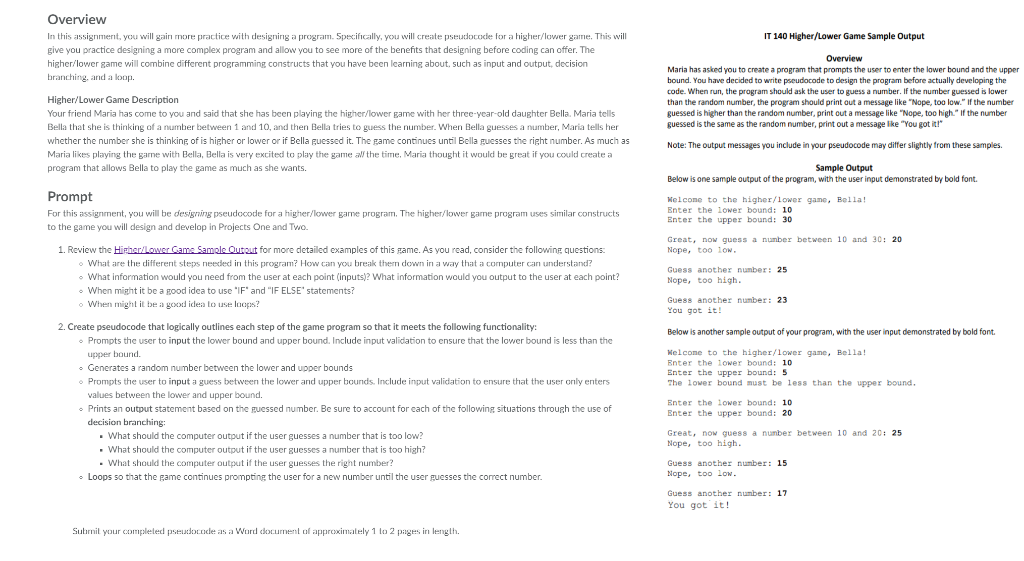
![High Low Game in Python [Part 1.1] - YouTube High Low Game In Python [Part 1.1] - Youtube](https://i.ytimg.com/vi/nTS5JJINVqA/maxresdefault.jpg)
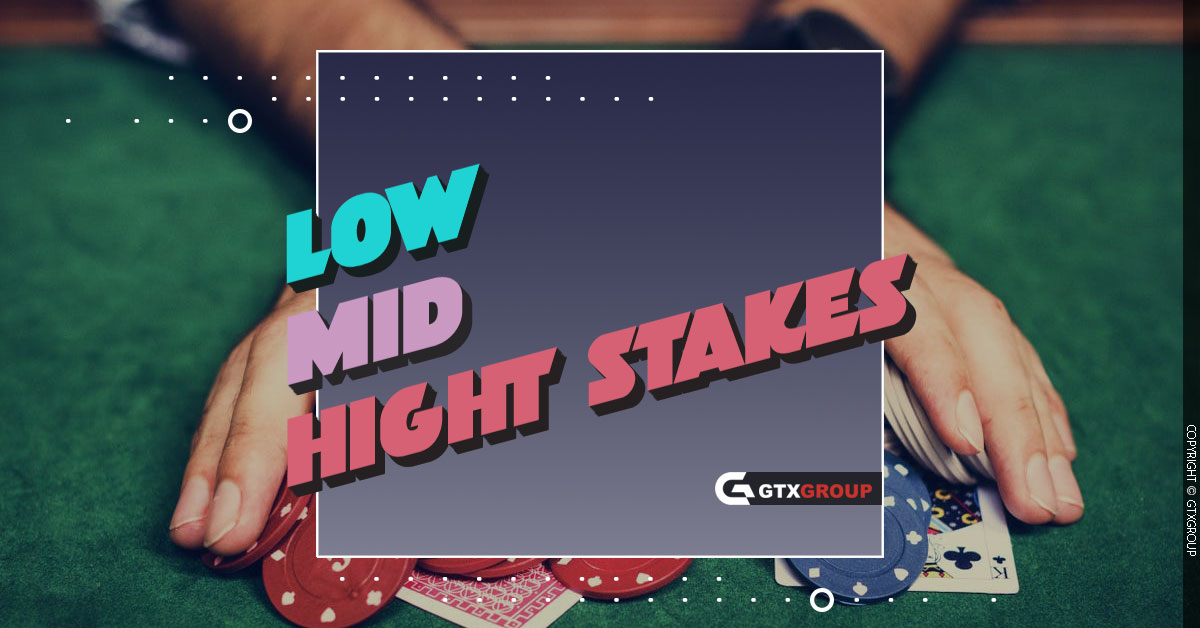



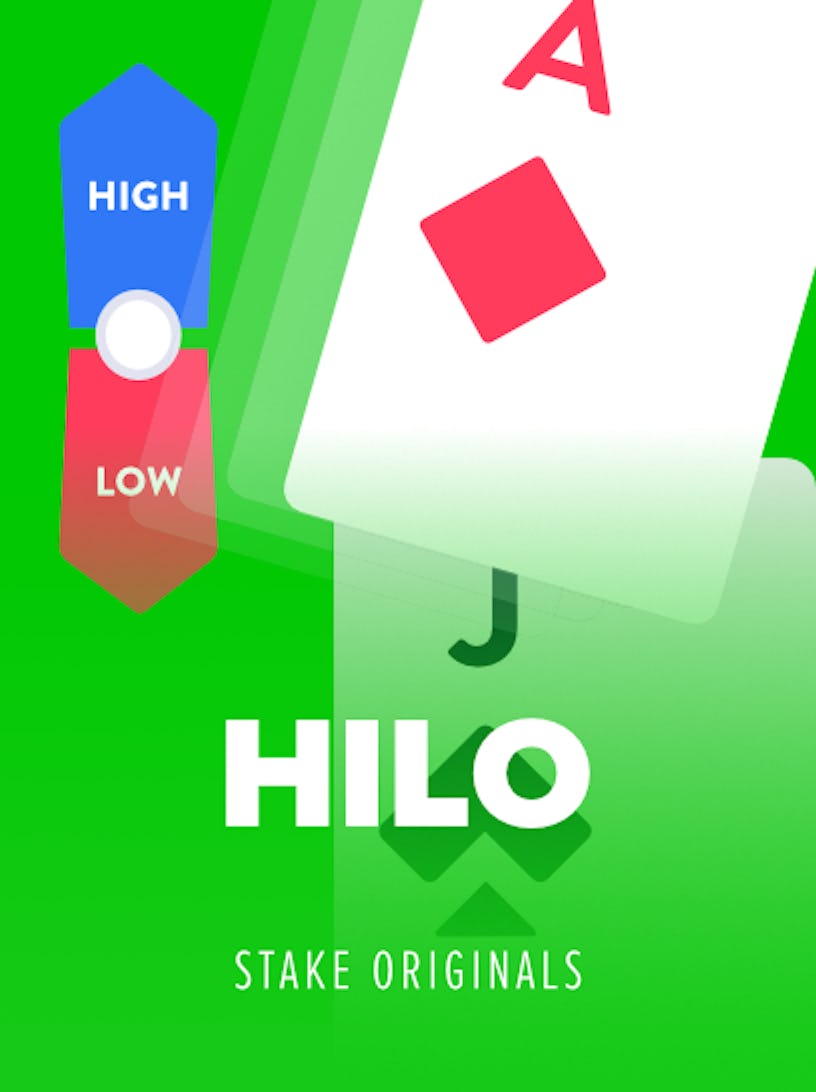
.gif)

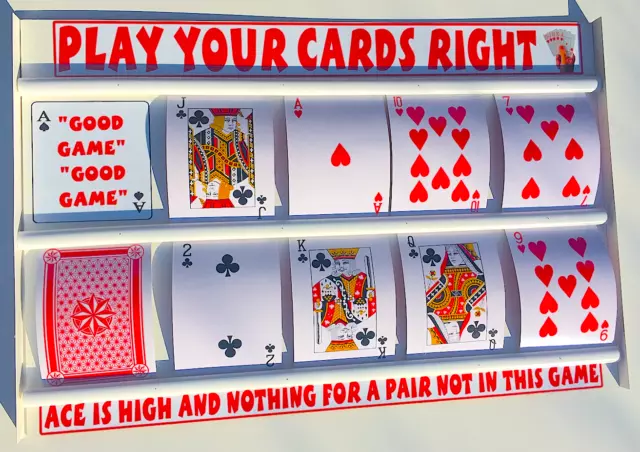
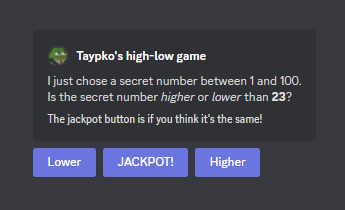




Article link: high or low game.
Learn more about the topic high or low game.
- The Higher Lower Game
- Guess which gets Googled more each month – STATTOGORIES
- Play the Higher or Lower game
- 10 Best Drinking Card Games – BinWise
- How to simplify my basic python coding higher/lower game?
- The Higher Lower Game | Markiplier Wiki – Fandom
- The Higher Lower Game Game on Lagged.com
- Higher or Lower Game | Maths Game | Numbers – Twinkl
- Higher Lower Game (@HigherLowerGame) / Twitter
- Trending Game Modes | More or Less Game
- Higher Lower Game APK (Android Game) – Tải miễn phí
See more: nhanvietluanvan.com/luat-hoc